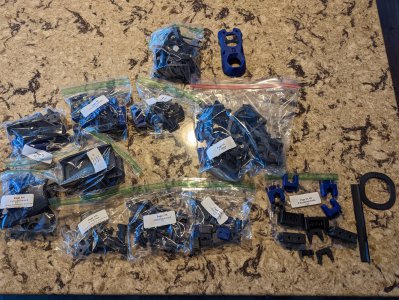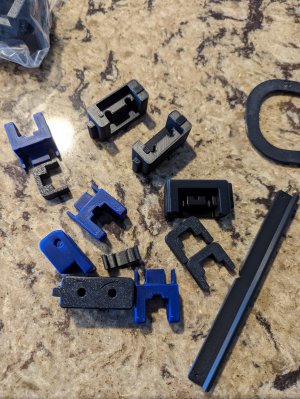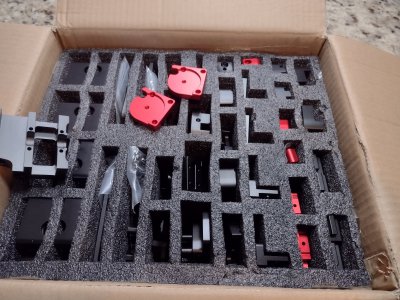Sorry you are having trouble. There is a lot to learn if this is your first experience with Linux.
Did the instructions at
https://3dpandme.com/2022/09/03/tutorial-orange-pi-pc-klipper-install/ work?
Is that the Orange Pi board you are working with?
Sorry you are having trouble. There is a lot to learn if this is your first experience with Linux.
Did the instructions at
https://3dpandme.com/2022/09/03/tutorial-orange-pi-pc-klipper-install/ work?
Is that the Orange Pi board you are working with?
My Orange Pi is the Orange Pi 4 lts.
Its a bigger, newer version, but very similar to the one in that link.
The instructions in that link are pretty much exactly what I did, except that Armbian would not boot up at all. I used Debian, downloaded from the OrangePi 4 LTS support site.
Everything boots up, and Klipperscreen runs.
I was having trouble figuring out Mainsail.
So, I have that figured out now, I think.
Basically, there is no mainsail UI program on the Orange Pi.
To access mainsail, you type the Orange Pi's ip address into a browser in your (phone, laptop, whatever) and the browswer accesses the Orange Pi as if its a router.
So, i have it working. I think.
So, this is all internet based stuff? That brings up another issue I'll have to deal with. I don't have a wifi signal out in the shop where I keep my 3d printer.
I guess i'll be able to access it via my phones wifi hotspot, or just run it directly from the Orange Pi's touchscreen with "klipperscreen".
But, I now appear to have Mainsail and Klipper all set up and working. Just need to get Klipper installed on my Octopus boards MCU, then get the printer built and the config file loaded into mainsail.



